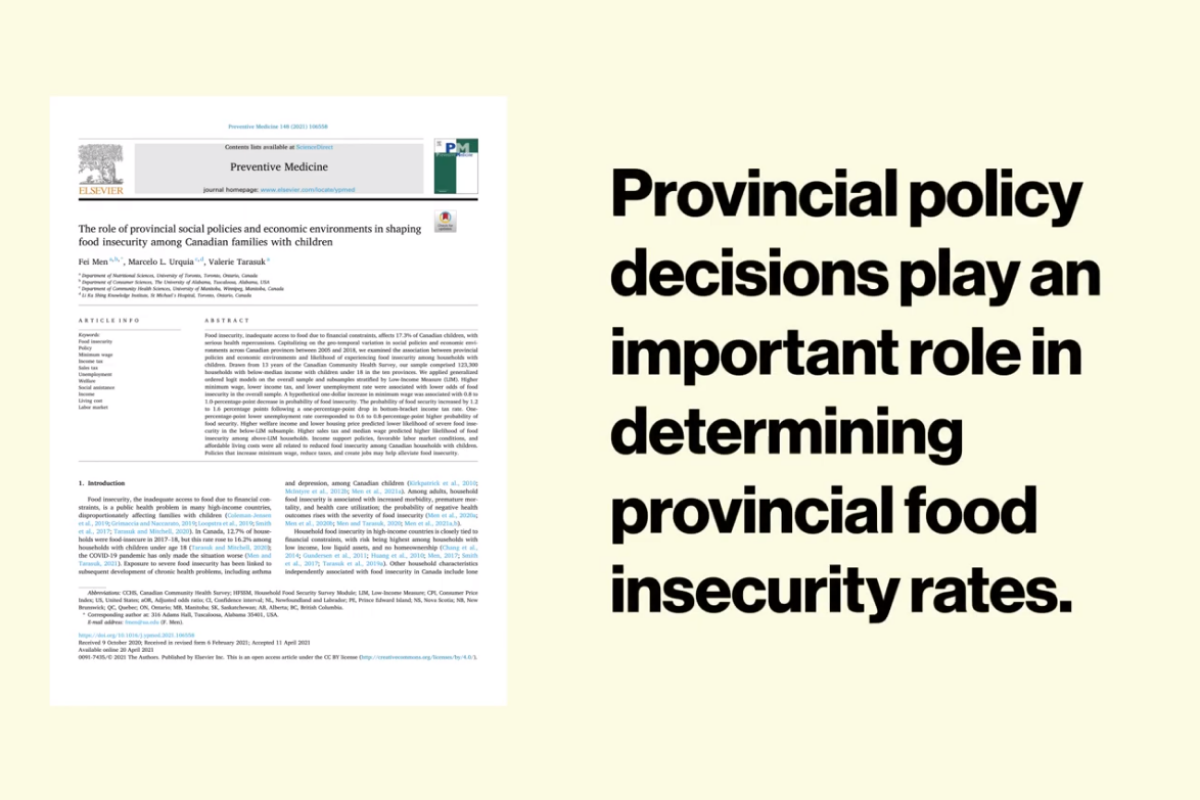Design And Build Your Own Living Fence: Practical Advice

Table of Contents
Planning Your Living Fence: Choosing the Right Plants
Selecting the right plants is the cornerstone of a successful living fence. Several factors must be considered to ensure your natural fence thrives and meets your expectations. Key considerations include:
-
Climate: Choose plants hardy to your specific climate zone, considering factors like average rainfall, temperature extremes, and frost frequency. A plant suitable for a Mediterranean climate won't necessarily thrive in a northern, colder region.
-
Soil Type: Analyze your soil's composition – is it sandy, clay-based, or loamy? Different plants have different soil preferences. A soil test can provide valuable insights.
-
Desired Height and Density: Do you need a tall, privacy-providing living fence, or a shorter, more decorative hedge fence? The desired height will influence plant selection. Dense coverage requires closer planting.
-
Maintenance Level: Consider your available time and effort for maintenance. Some plants require more frequent pruning and care than others. Fast-growing living fences, for example, need more regular attention.
Here are some examples of suitable plants for living fences, catering to various needs:
- Evergreen options: Holly, Privet, Yew (provide year-round screening)
- Deciduous options: Hawthorn, Beech, Spindle (offer seasonal color changes)
- Fast-growing options: Bamboo (exercise caution due to invasive potential in some areas), Willow (requires regular pruning)
- Flowering options: Rose (consider thorns and maintenance), Lilac (adds fragrance and beauty)
Remember, selecting native plants is crucial for supporting local ecosystems and attracting beneficial wildlife. If security is a concern, thorny plants like Hawthorn or Berberis offer excellent natural protection. Consider the best plants for living fences in your specific area when making your choice.
Site Preparation and Planting Your Living Fence
Proper site preparation is vital for a thriving living fence. Follow these steps:
- Clearing the Area: Remove any existing vegetation, rocks, and debris from the planting area. This ensures proper root development.
- Soil Testing: Conduct a soil test to determine its pH and nutrient levels. Amend the soil as needed to achieve optimal conditions for your chosen plants.
- Planting Methods: Plants can be purchased bare root or in containers. Containerized plants are generally easier to handle and transplant.
- Optimal Spacing: Plant spacing depends on the mature size of your chosen species. Follow recommended spacing guidelines to prevent overcrowding.
- Planting Depth: Plant at the same depth as they were growing in their containers or as indicated on the bare root plant label.
- Support Structures: For fast-growing plants, consider using temporary supports (stakes or wire mesh) to help them establish upright growth.
Maintaining Your Living Fence for Optimal Growth
Maintaining your living fence involves regular care to ensure its continued health and beauty. This includes:
- Watering: Newly planted living fences require consistent watering, particularly during dry spells, to ensure proper root establishment.
- Pruning: Regular pruning is essential for shaping, controlling growth, and maintaining density. Learn proper pruning techniques for your chosen plants.
- Fertilization: Provide appropriate fertilizer to support healthy growth. Follow package instructions carefully.
- Pest and Disease Control: Monitor for pests and diseases and address any issues promptly. Organic pest control methods are often preferred for their environmental friendliness.
- Dealing with Overgrowth: For unruly plants, timely pruning is crucial. Consider removing older, overgrown sections to encourage new growth.
Creative Design Ideas for Your Living Fence
A living fence isn’t just a functional boundary; it’s a design element. Unleash your creativity:
- Straight Lines vs. Curves: Create formal lines for a structured look or soften your landscape with gentle curves.
- Layered Heights: Combine different plant species of varying heights for visual interest and depth.
- Mixing Plant Species: Incorporate different textures, colors, and flowering times for a vibrant, dynamic living fence.
- Integration with Landscaping: Seamlessly integrate your living fence with other landscaping elements like walkways, patios, or flowerbeds.
Conclusion: Build Your Dream Living Fence Today!
Building a living fence offers numerous advantages: environmental friendliness, cost savings compared to traditional fences, enhanced aesthetic appeal, and increased property value. By carefully selecting appropriate plants and following proper planting and maintenance techniques, you can create a beautiful, long-lasting natural boundary that enhances your property and supports local biodiversity. Start designing and building your own living fence today! Learn more about creating the perfect living fence for your property with our comprehensive .

Featured Posts
-
 The Eurovision Song Contest 2025 Artists A Preview
May 29, 2025
The Eurovision Song Contest 2025 Artists A Preview
May 29, 2025 -
 Should You Buy The Dip Entertainment Stock Analysis
May 29, 2025
Should You Buy The Dip Entertainment Stock Analysis
May 29, 2025 -
 Seattle Police Investigate Double Downtown Shooting
May 29, 2025
Seattle Police Investigate Double Downtown Shooting
May 29, 2025 -
 Luca Marinis Verdict Aleix Espargaros Moto Gp Return Just Another Rival
May 29, 2025
Luca Marinis Verdict Aleix Espargaros Moto Gp Return Just Another Rival
May 29, 2025 -
 Teddy Swims Leads Lineup For 35th Anniversary Saturday In The Park
May 29, 2025
Teddy Swims Leads Lineup For 35th Anniversary Saturday In The Park
May 29, 2025
Latest Posts
-
 Birmingham Supercross Round 10 2025 Final Results
May 31, 2025
Birmingham Supercross Round 10 2025 Final Results
May 31, 2025 -
 How Provincial Governments Can Speed Up Homebuilding
May 31, 2025
How Provincial Governments Can Speed Up Homebuilding
May 31, 2025 -
 Final Preparations Complete For Down East Bird Dawgs First Game
May 31, 2025
Final Preparations Complete For Down East Bird Dawgs First Game
May 31, 2025 -
 Updated Results Birmingham Supercross Round 10 2025
May 31, 2025
Updated Results Birmingham Supercross Round 10 2025
May 31, 2025 -
 Provincial Policies And Their Impact On Home Construction Efficiency
May 31, 2025
Provincial Policies And Their Impact On Home Construction Efficiency
May 31, 2025
